Protecting Lives: The Crucial Need for Fall Protection in Construction
Protecting Lives: The Crucial Need for Fall Protection in Construction
In the bustling world of construction, safety stands out as one of the mostsignificant concerns. Amidst the cacophony of machinery and the flurry of activities, one risk looms ominously over the workforce – falls. Construction sites are notorious for their inherent dangers, with falls being one of the leading causes of injuries and fatalities. According to the Occupational Safety and Health Administration (OSHA), falls are consistently ranked as one of the “Fatal Four” in construction, alongside electrocutions, struck-by incidents, and caught-in/between accidents.
OSHA’s Code of Federal Regulations (CFR) Subpart M stands as a cornerstone in ensuring the safety and well-being of workers in the construction industry. Encompassing regulations from 29 CFR 1926.500 to 503, Subpart M delineates comprehensive guidelines for fall protection, outlining requirements for employers to address hazards related to working at heights. This crucial set of standards mandates measures such as guardrail systems, safety nets, and personal fall arrest systems, aiming to mitigate the risks associated with falls and safeguard the lives of construction workers. Through Subpart M, OSHA underscores the importance of proactive risk management and underscores its commitment to fostering a culture of safety and accountability in the construction sector.
OSHA Fall Protection in Construction
https://www.osha.gov/sites/default/files/publications/OSHA3146.pdf
OSHA introduced a new national emphasis program (NEP) on May 1, 2023, targeting enforcement actions towards fall-related risks. This announcement was strategically synchronized with the commencement of the tenth annual National Safety Stand-Down to Prevent Falls in Construction, which wrapped up on May 5, 2023. The NEP came into force immediately and does not appear to have a set expiration date.
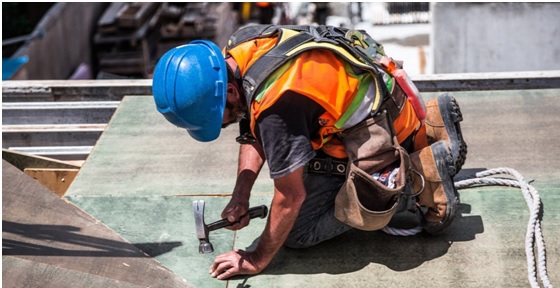
Statistics in Fall Protection
In 2021, close to one-fifth of workplace fatalities occurred within the construction sector. Just above one-third of these fatalities were attributed to falls, slips, and trips, with the vast-majority resulting from falls to lower levels. The construction industry represented 46.2 percent of all fatal incidents related to falls, slips, and trips in 2021. Specialty trade contractors accounted for the majority-of fatal falls, slips, and trips within the private construction industry. Fatal incidents within this category increased from 229 in 2018 to 245 in 2020 and further rose to 281 in 2021. (Data for detailed construction industries regarding fatal falls, slips, and trips were not available for 2019.)

Data from US Bureau of Labor Statistics
Why is Fall Protection Important?
Fall protection is not merely a regulatory obligation but a moral imperative. It is the cornerstone of ensuring the safety and well-being of workers. Every life lost, or injury sustained due to falls is a stark reminder of the stakes involved. By implementing robust fall protection measures, construction companies not only safeguard their employees but also foster a culture of safety and accountability.
Hazards in Fall Protection
The hazards associated with falls in construction are multifaceted. Uneven terrain, unstable working surfaces, inadequate safety equipment, and human error amplify the risk manifold. Failure to address these hazards can have catastrophic consequences, leading to injuries, disabilities, or even fatalities.
When Fall Protection is Needed
OSHA mandates fall protection measures whenever workers are exposed to heights of six feet in the construction industry. This threshold serves as a pivotal marker, necessitating proactive measures to mitigate the risk of falls. However, even at heights below six feet, employers are encouraged to implement fall protection systems if hazards exist.
Fall Protection Hierarchy of Controls
- Hazard Elimination: The most effective approach to fall protection involves eliminating the hazard altogether. This can be achieved through meticulous planning, design modifications, or alternative work methods that minimize the need for working at heights.
- Passive Fall Protection: Passive systems, such as guardrails, safety nets, and covers, provide a physical barrier against falls without necessitating the active engagement of workers.
- Fall Restraint Systems: Fall restraint systems prevent workers from reaching the edge of a fall hazard zone, thereby minimizing the risk of falls. Harnesses, lanyards, and anchor points are commonly utilized components of fall restraint systems.
- Fall Arrest Systems: In the event of a fall, fall arrest systems come into play to safely arrest the worker’s descent, thereby preventing impact with lower levels. These systems typically consist of harnesses, lanyards, anchor points, and shock-absorbing devices.
- Administrative Controls: Administrative controls encompass policies, procedures, and training initiatives aimed at mitigating fall hazards. This includes conducting risk assessments, providing comprehensive training, and enforcing strict adherence to safety protocols.
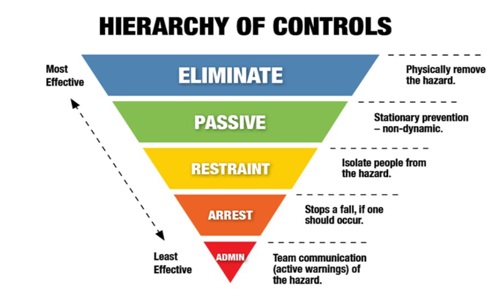
Empowering Workforce Safety with Safety Result Professionals
In the quest for enhanced safety, organizations often grapple with the challenge of providing comprehensive training to their workforce. This is where Safety Result Professionals emerges as a beacon of hope. Through their high-quality, low-cost online safety and health training in fall protection, Safety Result Professionals empowers organizations to mitigate risks effectively and avoid construction-related injuries, fatalities and costly fines.
Their online safety and health training course in Fall Protection in Construction offer a comprehensive curriculum tailored to address the specific needs and challenges encountered in the construction industry. By leveraging cutting-edge e-learning technology, Safety Result Professionals LLC ensures accessibility and flexibility, allowing workers to undergo training at their own pace and convenience.
To learn more about Safety Result Professionals LLC and their commitment to promoting safety and well-being in the construction industry, visit their website at www.safetyresultpros.com.
Together, let us strive towards a future where every worker returns home safely at the end of the day.
Author: Dr. O’Neil G. Blake, Chief Executive Officer (CEO) of Safety Result Professionals
MS., MBA., MSc., CSP., ASP., CSHM., CSMP., MRSA.
Date: 03-07-2024

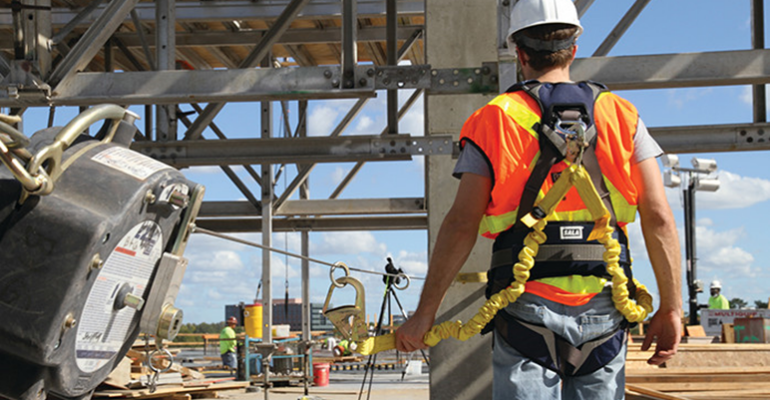
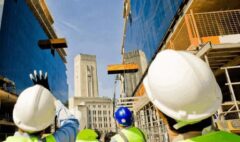
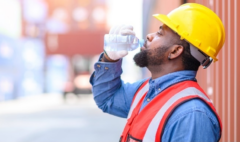
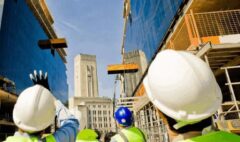

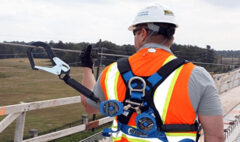






Comments (4)
Iscriviti
Your article helped me a lot, is there any more related content? Thanks!
admin
Thanks for your feedback. Great I will be writing another article soon.
Dr. O’Neil G. Blake
ASP, CSP
^Inregistrare Binance
Thanks for sharing. I read many of your blog posts, cool, your blog is very good.
admin
Thanks for your feedback. Fall protection is very important to save lives.
Dr. O’Neil G. Blake
ASP, CSP